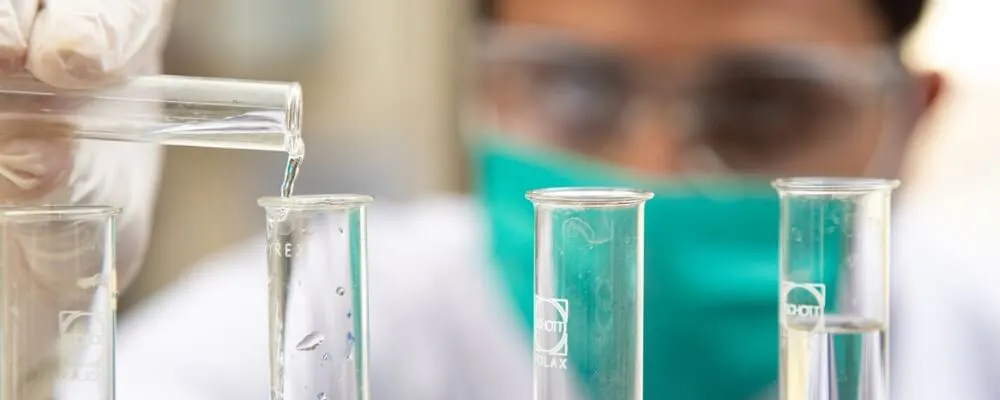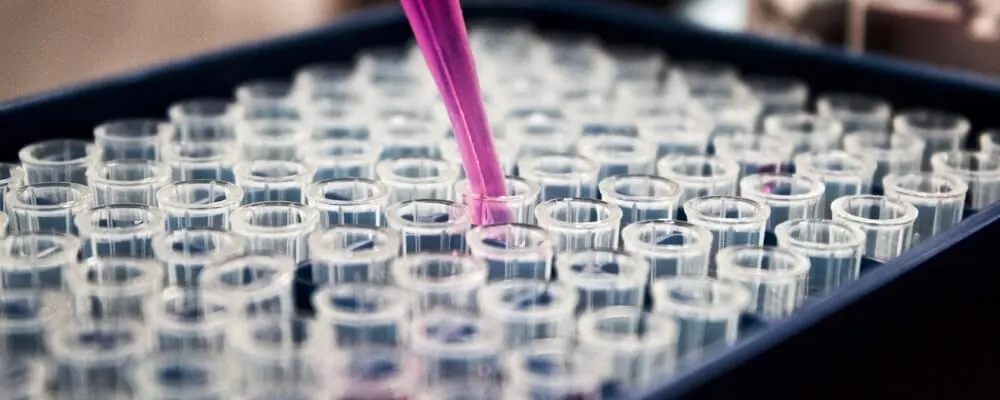Laboratories are the beating heart of scientific exploration, where researchers in various fields, such as pharmaceuticals, clinical studies, or food testing, strive to uncover the secrets of the natural world. In this realm, safeguarding experiments and the precious samples they entail becomes a mission of paramount importance.
Yet, amidst the pursuit of knowledge and discovery, a lurking threat exists—cross-contamination. This sneaky adversary involves the unintentional transfer of substances or microorganisms between samples, equipment, or surfaces, casting a shadow of doubt over the accuracy and credibility of research findings. To navigate this challenge, here are five practical ways to shield your laboratory from this ever-present danger.

Implement Strict Cleaning Protocols
Maintaining a clean and organized lab environment is vital for preventing cross-contamination. Develop and enforce cleaning protocols that include daily, weekly, and monthly tasks. Regularly clean and disinfect all lab surfaces, equipment, and tools, paying close attention to frequently touched areas like door handles, computer keyboards, and pipettes.
Consider using appropriate disinfectants and cleaning agents that are effective against various types of contaminants that can be found in your lab. However, it’s also important to properly clean and sterilize glassware, pipettes, and other reusable equipment between uses. Following a well-documented cleaning schedule and ensuring that all lab members are trained in proper cleaning techniques will minimize the risk of cross-contamination.
In addition to traditional cleaning protocols, integrating microplate washers into your lab’s maintenance routine can be a game-changer in preventing cross-contamination. Microplate washers, such as the ELISA plate washer, a perfect solution for labs focusing on cell-based assays and immunoassays, are specifically designed for automated and contactless washing of microplates. Using them inside the lab decreases the chances of cross-contaminating samples and different test batches.
Proper Handwashing and Personal Protective Equipment Usage
Human contact is one of the top reasons for cross-contamination within the laboratory environment. Lab personnel find themselves engaged in handling a multitude of samples, instruments, and surfaces throughout their day. In the battle against cross-contamination, practicing impeccable hygiene emerges as the first and most crucial line of defense. Researchers should diligently cleanse their hands, using soap and water for no less than 20 seconds, both before and after interacting with any samples or equipment.
Furthermore, in conjunction with rigorous handwashing, the use of suitable personal protective equipment (PPE) holds an indispensable role. This arsenal of PPE includes lab coats, gloves, safety goggles, and masks, forming an essential protective barrier between the researcher and the samples under investigation. In addition, it’s imperative to exercise prudence when selecting the appropriate type of gloves tailored to the specific task, recognizing that certain glove materials exhibit superior resistance to chemicals or biological agents. To maintain an unyielding defense against contamination, it is advisable to periodically replace gloves and deposit used ones into designated containers.

Establish Designated Work Areas
Creating distinct work zones within the lab can help prevent cross-contamination. Designate specific areas for different experiments or analyses and ensure lab personnel are trained to work only in their assigned areas. This segregation minimizes the chances of accidental transfer of contaminants from one area to another.
Additionally, use dedicated equipment and tools for each work area whenever possible. If sharing equipment is unavoidable, ensure proper cleaning and sterilization procedures are followed before and after each use. A strict policy of not carrying equipment or samples between different zones, unless absolutely necessary, can significantly reduce the risk of cross-contamination.
Education and Training
Education and training stand out as powerful tools in the fight against cross-contamination within the laboratory. In fact, 74% of workers are willing to learn new skills or re-train. The key to success lies in guaranteeing that every lab team member receives thorough instruction in the optimal methods for sample handling, equipment operation, and adherence to safety protocols.
To uphold these standards of knowledge and practice, scheduling frequent training sessions and offering periodic refresher courses is essential. This ongoing commitment to learning ensures that everyone remains well-informed about current techniques and safety measures, reinforcing the barrier against cross-contamination.
Additionally, this promotes a culture of responsibility and accountability within the lab. Encourage researchers to speak up if they observe any potential sources of contamination or safety hazards. Foster open communication and collaboration among lab members to create a supportive environment where best practices are consistently followed.
Conclusion
Preventing cross-contamination in the lab is essential for maintaining the integrity of research, testing, and analysis. By implementing strict cleaning protocols, proper handwashing and PPE usage, designating work areas, and investing in education and training, laboratories can significantly reduce the risk of cross-contamination.
These proactive measures ensure the accuracy of results and contribute to a safer and more efficient working environment for lab personnel. Preventing cross-contamination is a shared responsibility that requires the commitment and diligence of every lab team member.

